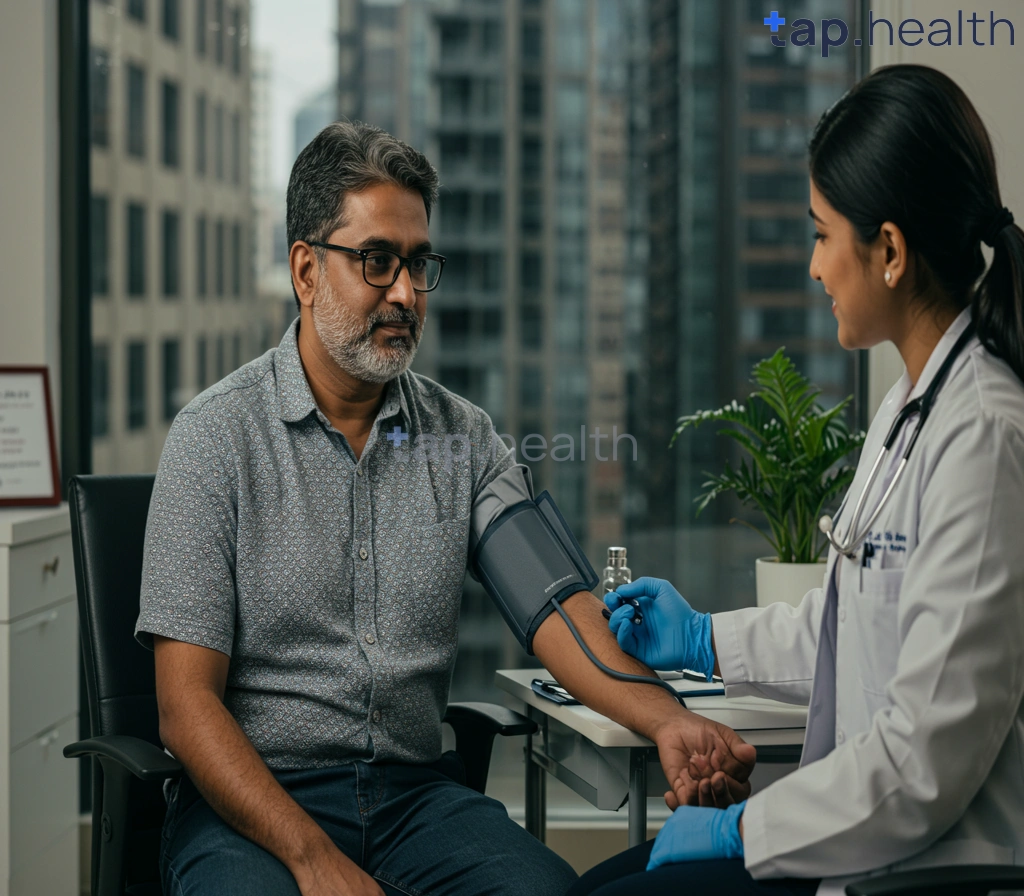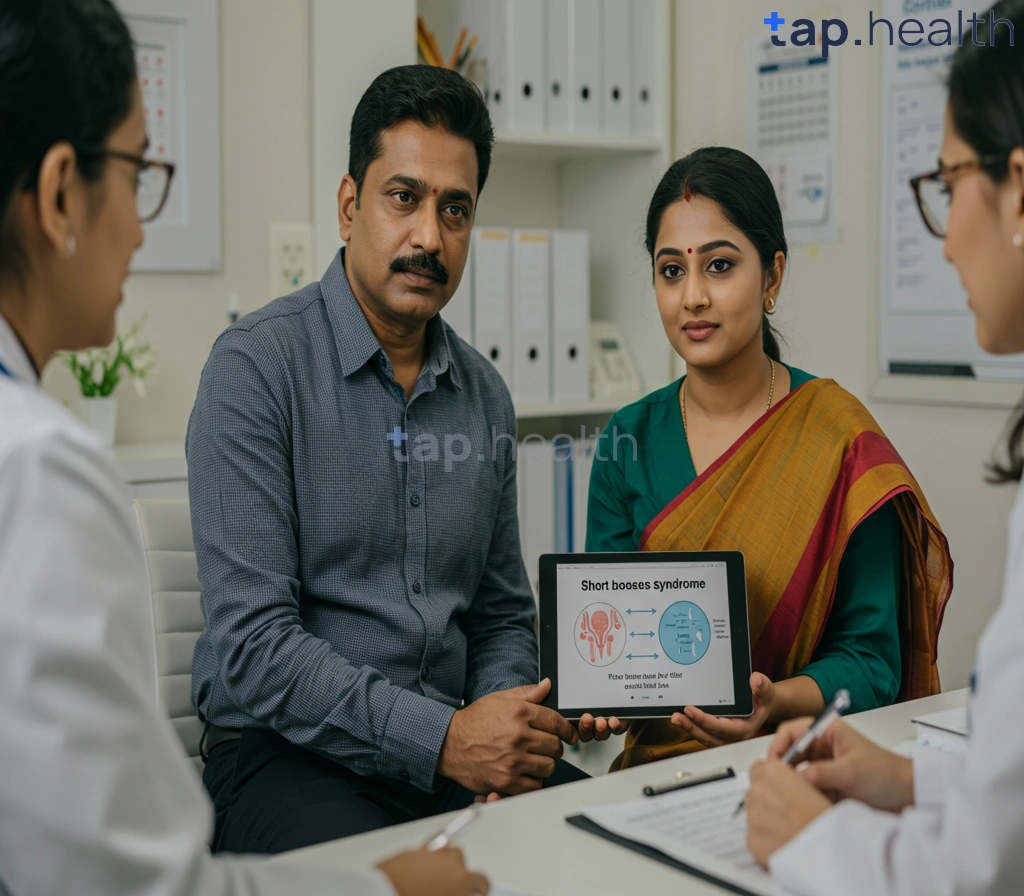Table of Contents
- Boosting Circulation During Menopause: Exercise & Blood Flow
- Menopause and Exercise: How Physical Activity Improves Blood Flow
- Understanding the Link Between Menopause, Exercise, and Vascular Health
- Improve Blood Flow During Menopause: A Guide to Effective Exercise
- Exercise for Menopause Symptoms: The Impact on Circulation and Wellbeing
- Frequently Asked Questions
- References
Navigating menopause can feel like a rollercoaster, and understanding how to best support your changing body is key to maintaining your well-being. This is especially true when it comes to your circulatory system. This blog post explores the crucial connection between menopause, exercise, and blood flow, examining how these factors impact women’s health during this significant life stage. We’ll delve into the physiological changes occurring during menopause and discover how targeted exercise can improve blood circulation and alleviate common symptoms. Let’s uncover the strategies that can help you feel your best throughout this transition.
Boosting Circulation During Menopause: Exercise & Blood Flow
Menopause significantly impacts women’s health, often leading to decreased blood flow and increased risk of cardiovascular issues. This is particularly relevant in Indian and tropical countries where pre-existing conditions like diabetes are prevalent. Research shows women with diabetes have a 40% higher risk of heart disease compared to men with diabetes, highlighting the critical need for proactive health management during this life stage. Improved circulation is key to mitigating these risks. Understanding how diabetes affects blood flow is crucial in this context.
The Importance of Exercise
Regular physical activity is crucial for maintaining healthy blood flow during menopause. Activities like brisk walking, yoga, and swimming are excellent choices, promoting cardiovascular health and improving circulation throughout the body. These exercises are easily adaptable to the warmer climates prevalent in many Indian and tropical regions. Remember to consult your doctor before starting any new exercise regimen, especially if you have underlying health conditions.
Lifestyle Modifications for Better Circulation
Beyond exercise, maintaining a healthy lifestyle is paramount. A balanced diet rich in fruits, vegetables, and whole grains supports healthy blood vessels and improves circulation. Managing stress through techniques like meditation or deep breathing exercises is equally important, as stress can negatively impact blood flow. Staying hydrated by drinking plenty of water, especially in hotter climates, also contributes to optimal circulation.
Actionable Steps for Indian & Tropical Women
For women in India and tropical countries, consider incorporating locally available fruits and vegetables rich in antioxidants into your diet. Choose exercises that are comfortable in the warmer weather, such as early morning or evening walks, or water-based activities. Remember, prioritizing your cardiovascular health during menopause is a crucial step towards a healthier and happier life. Consult your physician or a qualified healthcare professional for personalized advice tailored to your specific needs and regional context. For women facing hormonal imbalances, exploring exercises that boost hormonal balance can be beneficial, as these imbalances can also affect circulation.
Menopause and Exercise: How Physical Activity Improves Blood Flow
Menopause significantly impacts a woman’s circulatory system, often leading to reduced blood flow. This can exacerbate existing conditions or contribute to new health challenges. While the experience of menopause is universal, its impact is felt differently across diverse populations, particularly in hotter climates like those prevalent in many Indian and tropical countries. The added stress of heat on the cardiovascular system underscores the critical importance of maintaining good blood flow during this life stage.
Boosting Circulation Through Exercise
Regular exercise is a powerful tool to combat reduced blood flow associated with menopause. Physical activity improves cardiovascular health by strengthening the heart and increasing its efficiency in pumping blood throughout the body. Activities like brisk walking, yoga, and swimming are particularly beneficial. Even moderate exercise can make a noticeable difference. Regular movement helps maintain healthy blood vessels, improving circulation and reducing the risk of related complications. This is crucial, especially considering that a significant portion of the global population aged 20-64 already faces challenges with diabetes (Learn more about the global diabetes prevalence), a condition heavily influenced by blood flow. Maintaining good circulation is important throughout life, and understanding how exercise benefits the body at different stages is key. For example, The Connection Between Prenatal Exercise and a Healthy Delivery highlights the importance of exercise during pregnancy, showcasing the long-term benefits of physical activity.
Tailoring Exercise to the Climate
In hot and humid climates, it’s crucial to adapt your exercise routine. Avoid intense workouts during the hottest parts of the day and opt for early mornings or evenings. Staying hydrated is paramount to prevent dehydration, which can negatively impact blood flow. Choose activities that allow for adequate cooling, such as swimming or water aerobics. Listen to your body and adjust the intensity and duration based on your comfort level. Remember, consistency is key – even short, regular sessions are more effective than infrequent, strenuous workouts. While this article focuses on menopause, the principles of safe and effective exercise apply across different life stages. For expecting mothers, How to Safely Exercise During Pregnancy: A Complete Guide? offers valuable insights and guidance.
Taking Action for Better Health
Prioritizing regular exercise tailored to the regional climate is a proactive step towards managing the circulatory changes associated with menopause. By making physical activity a part of your daily routine, you can significantly improve your blood flow, contributing to overall better health and well-being. Consult with your doctor or a qualified fitness professional to develop a safe and effective exercise plan that meets your individual needs.
Understanding the Link Between Menopause, Exercise, and Vascular Health
Menopause significantly impacts women’s health, often leading to changes in cardiovascular health. Reduced estrogen levels during this transition can affect blood vessel function, increasing the risk of heart disease. This is particularly relevant in Indian and tropical countries where lifestyle factors and pre-existing conditions like diabetes can exacerbate these risks. For example, studies have shown that smokers with diabetes face a doubled mortality rate due to cardiovascular issues. This highlights the critical need for proactive strategies to maintain vascular health during and after menopause.
The Importance of Exercise in Managing Menopausal Vascular Changes
Regular exercise plays a crucial role in mitigating the negative effects of menopause on blood flow. Activities like brisk walking, yoga, and swimming improve cardiovascular fitness, strengthen the heart, and enhance blood vessel elasticity. These benefits are amplified when combined with a healthy diet rich in fruits, vegetables, and whole grains, further supporting healthy blood vessel function. In the context of Indian and tropical climates, choosing exercises suitable for the heat and humidity is crucial, prioritizing early mornings or evenings. The importance of regular exercise extends beyond menopause; as highlighted in Why Regular Exercise is Essential for Diabetes Management, physical activity is vital for managing conditions like diabetes, which often co-occur with menopause and increase cardiovascular risk.
Practical Tips for Women in India and Tropical Countries
Prioritize regular physical activity: Aim for at least 150 minutes of moderate-intensity exercise per week. Consider incorporating traditional Indian exercises like yoga or dance. Manage your diet: Focus on a heart-healthy diet low in saturated fats and refined sugars. Consult a healthcare professional: Regular check-ups with your doctor are vital, especially if you have pre-existing conditions like diabetes or a family history of heart disease. Taking proactive steps to support your vascular health during menopause is essential for maintaining overall well-being, particularly in regions where cardiovascular disease poses a significant health challenge. Remember, even small changes can make a big difference in your long-term health. While this article focuses on menopause, maintaining an active lifestyle is important throughout all life stages, including pregnancy. For information on safe exercise during pregnancy, see Is It Safe to Exercise During Pregnancy? Myths and Facts Explained.
Improve Blood Flow During Menopause: A Guide to Effective Exercise
Menopause brings significant hormonal shifts impacting various bodily functions, including blood circulation. Reduced estrogen levels can contribute to decreased blood flow, potentially exacerbating existing conditions like hypertension. This is especially relevant in regions like India, where a concerningly high percentage of individuals with diabetes also suffer from hypertension (over 60%, according to the International Diabetes Federation IDF). Therefore, maintaining good cardiovascular health through regular exercise becomes crucial during this life stage.
Exercise Recommendations for Improved Blood Flow
Prioritizing cardiovascular health is key. In hot and humid climates common in India and other tropical countries, moderate-intensity exercises are recommended to avoid overheating. Aim for at least 150 minutes of moderate-intensity aerobic activity per week. This could include brisk walking, cycling, or swimming – activities easily adaptable to the local environment. Remember to consult your doctor before starting any new exercise regimen, especially if you have pre-existing health conditions like hypertension or diabetes.
Beyond cardio, incorporating strength training is beneficial. Strength training improves muscle mass, which helps maintain healthy blood pressure. Even simple bodyweight exercises at home can be incredibly effective. Focus on exercises that engage multiple muscle groups for optimal results. Yoga and Tai Chi are also excellent options, improving flexibility, reducing stress (another factor influencing blood pressure), and promoting overall well-being. For women looking to improve overall health and well-being beyond cardiovascular health, exploring exercises to boost sexual stamina may also be beneficial. You can learn more in our article on Exercises to Boost Your Sexual Stamina.
Practical Tips for Indian and Tropical Climates
Remember to stay hydrated, especially in warmer climates. Drink plenty of water before, during, and after your workouts. Choose exercises that can be performed indoors during the hottest parts of the day if necessary. Listen to your body and adjust the intensity and duration of your workouts based on your comfort level and the weather. Consistency is key – even short, regular exercise sessions are better than sporadic intense workouts. By incorporating these strategies, women in India and other tropical countries can effectively manage menopause symptoms and improve their cardiovascular health. Maintaining good health also involves attention to other aspects of well-being. For example, check out our article on Tips for Improved Menstrual Hygiene for more information on overall health.
Exercise for Menopause Symptoms: The Impact on Circulation and Wellbeing
Menopause brings significant hormonal changes, often impacting blood flow and overall wellbeing in women across India and other tropical countries. Reduced estrogen levels can contribute to decreased circulation, leading to symptoms like hot flashes, night sweats, and fatigue. However, regular exercise plays a crucial role in mitigating these challenges.
Improving Circulation Through Exercise
Physical activity stimulates blood flow throughout the body, counteracting the circulatory effects of menopause. Activities like yoga, brisk walking, and even simple stretching improve cardiovascular health and enhance circulation. This improved blood flow can alleviate common menopausal symptoms, improving energy levels and reducing discomfort. Consider incorporating regular exercise into your daily routine – even short bursts of activity throughout the day can make a significant difference. Remember to consult your doctor before starting any new exercise program, especially if you have pre-existing health conditions.
The Link Between Lifestyle and Wellbeing
Maintaining a healthy lifestyle is paramount during and after menopause. Studies have shown a strong correlation between lifestyle choices and overall health, impacting various aspects of wellbeing. While the connection between diabetes and sleep apnea (a 70% increased risk according to some studies) isn’t directly related to menopause, it highlights the importance of proactive health management. Addressing potential health risks through exercise, a balanced diet, and stress management can contribute to improved sleep quality, reduced fatigue, and better overall health during this life stage. In hot and humid climates like those prevalent across India and other tropical regions, it’s especially important to stay hydrated and avoid exercising during the hottest parts of the day. For more tips on maintaining a healthy diet during this phase, check out our blog on Nourishing Your Body: Diet Tips for Postmenopausal Women.
Taking Action for Better Health
Prioritize regular, moderate-intensity exercise tailored to your fitness level. Consult with a healthcare professional or a qualified fitness instructor for personalized advice, especially considering the unique challenges of menopause and the climate of your region. Remember, making small, consistent changes to your lifestyle can significantly impact your comfort and wellbeing during and after menopause. Prioritizing your health through regular exercise is a powerful step towards a healthier and more fulfilling life. If you’re looking for safe and effective exercises that can be done at home, especially if you’re a senior, you might find our blog on Home Workouts for Seniors: Safe and Effective Exercises for Active Aging helpful.
Frequently Asked Questions on Menopause Exercise & Blood Flow
Q1. How does menopause affect my cardiovascular health?
Menopause reduces blood flow, increasing the risk of cardiovascular problems. This is especially true for women in warmer climates and those with conditions like diabetes.
Q2. What kind of exercise is best during and after menopause?
Regular exercise like brisk walking, yoga, or swimming helps maintain healthy circulation. It’s important to adapt routines to cooler times of day in hotter climates.
Q3. Besides exercise, what else can I do to improve my cardiovascular health during menopause?
A balanced diet, stress management, and staying well-hydrated are also crucial for supporting cardiovascular health during menopause.
Q4. Are there any precautions I should take before starting a new exercise routine?
Yes, it’s essential to consult your doctor before starting any new exercise program, especially if you have pre-existing health conditions.
Q5. Why is it important to focus on cardiovascular health during menopause?
Prioritizing cardiovascular health through lifestyle changes and tailored exercise is key to improving overall well-being during and after menopause because of the increased risks associated with reduced blood flow.
References
- Disparate Model Performance and Stability in Machine Learning Clinical Support for Diabetes and Heart Diseases: https://arxiv.org/pdf/2412.19495
- Understanding Diabetes Self-Management Using the Model of Human Occupation: https://www.researchgate.net/profile/Bel-Youngson/publication/330136068_Understanding_diabetes_self-management_using_the_Model_of_Human_Occupation/links/5ebbbd0c92851c11a86525dd/Understanding-diabetes-self-management-using-the-Model-of-Human-Occupation.pdf




